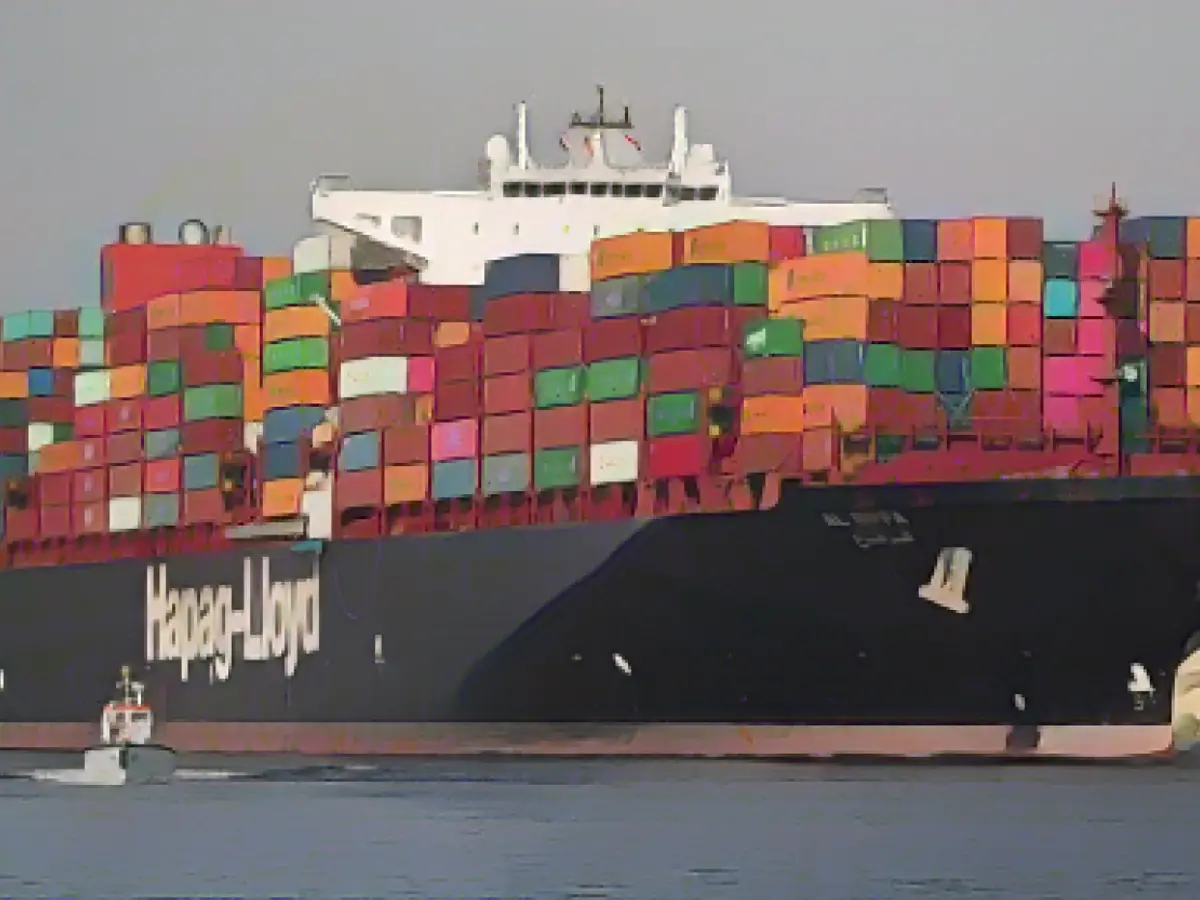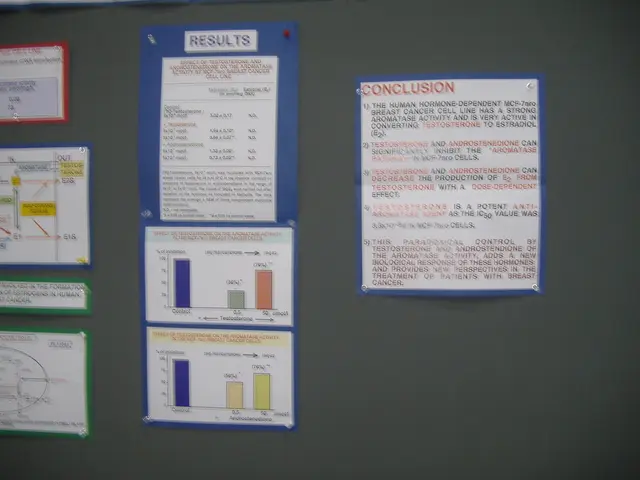Recent attacks by Houthi rebels in Yemen on commercial vessels have led BP and several major container shipping companies to halt transit through the Red Sea, avoiding the Suez Canal. Approximately 10-15% of global trade and 30% of container shipping occur through this waterway between the Red Sea and the Mediterranean. Some ships have been rerouted around Africa's southern tip, resulting in higher freight costs and delivery times.
"The Red Sea and, particularly, the Suez Canal serve as a key shipping lane connecting different parts of the world, including Europe, Asia, and Africa," explains Christian Roeloffs, CEO of container leasing platform Container xChange Express. Large volumes of European energy reserves, palm oil, and grain are transported through this route. The United States, along with nine other countries, initiated a maritime mission on Monday to protect shipping in the Red Sea.
U.S. Defense Secretary Lloyd Austin stated that the sea is crucial for securing freedom of navigation and an essential trade corridor facilitating international trade. Oil prices surged almost 2% following BP's announcement of halting shipments in the Red Sea, while Belgian oil tanker company Euronav stated it would continue avoiding the area due to security concerns.
Though oil prices have since dropped following the attacks, the recent increase suggests a significant shift. For seven weeks, oil prices had been decreasing before last week's attack on the crucial waterway, marking the longest downtrend since the end of 2018.
The Suez Canal crisis in 2021 highlighted the importance of this route. In March, the enormous container ship Ever Given ran aground on the waterway, causing delays in transporting goods from Asia to Europe and North America and tightening global supply chains. At the time, overburdened ports and skyrocketing demand for goods due to lockdowns caused frantic shipping rates.
"This time, excess shipping capacity is at an all-time high," explains Freightos research leader Judah Levine. Although extended journeys may drive up shipping rates, freight companies are actively seeking ways to reuse surplus capacity. It is unlikely that shipping rates and capacity will reach the levels recorded during the pandemic.
Transportation and supply chain experts warn that these disruptions could result in bottlenecks, temporarily inflating freight costs and affecting consumer prices. More than 80% of global merchandise trade is transported by sea, and traffic through the Panama Canal is already strained by severe drought.
Commenting on the situation in the Red Sea at a time when Panama Canal traffic is low, Kpler analyst Matthew Wright said, "This is adding to ongoing concerns for transportation flows and costs." The world's largest shipping companies, including Maersk and MSC, are already directing some vessels through the Cape of Good Hope, extending delivery times and increasing costs.
Diversions to the Cape of Good Hope add tens of days to the journey and contribute to higher fuel consumption, which increases the overall cost of transportation. This additional expense is likely to increase the final import price for businesses.
Sources:
(1)
(2)
(3)
(4)
(5)
Additional insights:
The attacks and subsequent disruptions on the Red Sea and the Suez Canal have come at a time when global supply chains are already grappling with escalating geopolitical tensions and widening resource shortages. This unprecedented situation puts added pressure on businesses to adapt their logistics strategies and invest in resilient supply chains.
Instead of relying on any single trade route, some companies are evaluating their supply chains and shifting focus towards more diversified sourcing. This strategy could mitigate the risks posed by disruptions, enabling businesses to maintain continuity and maintain customer satisfaction despite challenges.
Furthermore, many organizations are exploring alternate transport modes, such as rail and air freight, to stabilize their supply chain and reduce dependence on ocean vessels. This strategic shift may also help businesses adapt to changing fuel prices and environmental concerns.
In conclusion, the disruptions in the Red Sea and Suez Canal have caused significant challenges for transportation and global supply chains, making it critical for businesses to re-evaluate and adapt their strategies in response. Developing more resilient logistics networks, diversifying supply chains, and exploring alternative transport modes are crucial steps in mitigating the impact of such disruptions.








